Hollywood’s take on finance: Populism, regulation, and reality
- Update Time : Monday, August 26, 2024
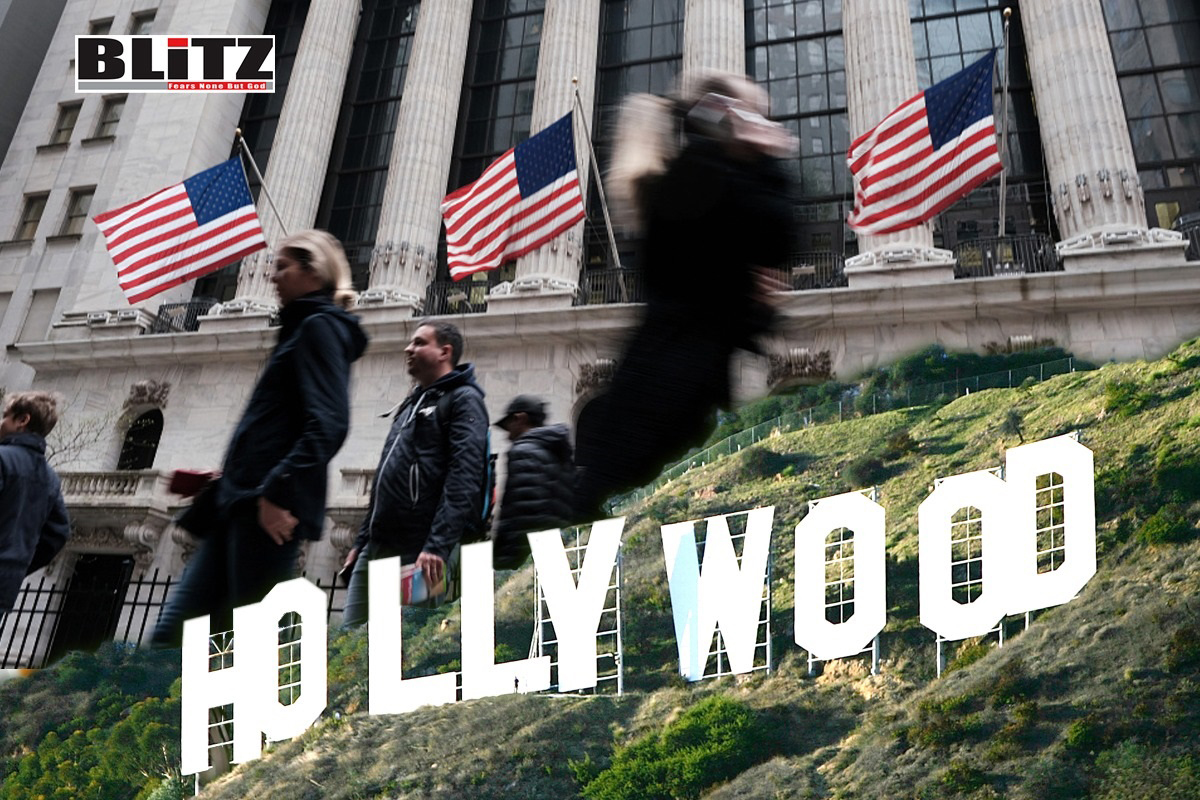
In the world of politics, few strategies are as enduring or effective as rallying public sentiment against the powerful and the wealthy. Among these targets, bankers and financial speculators have long been a favorite. This animosity is not only prevalent in political campaigns but is also a recurring theme in popular culture, particularly in Hollywood films. From classics like The Wizard of Oz to modern narratives such as Dumb Money, filmmakers have consistently reflected and amplified populist sentiments about financial markets and institutions. These films, in their own way, provide a lens through which we can explore the complexities of financial regulation and the often contradictory actions of politicians who capitalize on popular discontent.
The 1939 film The Wizard of Oz is often celebrated as a timeless fantasy, but it is also a subtle populist allegory about the economic struggles of the late 19th and early 20th centuries. The film’s famous “yellow brick road” symbolizes the gold standard, a system that was hotly debated at the time. The Emerald City, with its illusory splendor, represents Wall Street, while the Cowardly Lion is a stand-in for William Jennings Bryan, a populist presidential candidate who fiercely opposed the gold standard, arguing that it favored wealthy bankers at the expense of farmers and workers.
Bryan’s rhetoric against the financial elites and his advocacy for the “common man” resonate with contemporary populist movements that similarly seek to challenge the perceived excesses of capitalism. However, while Bryan’s platform was rooted in a desire to reform the monetary system for the benefit of the broader public, many modern politicians who adopt populist rhetoric are more interested in leveraging public anger to gain power rather than enacting meaningful reform.
Fast forward to the mid-20th century, and we find another example of Hollywood’s engagement with financial markets in the 1955 film East of Eden. In this adaptation of John Steinbeck’s novel, the character Cal Trask speculates on the price of beans, anticipating a surge in demand if the United States enters World War I. When his bet pays off, Cal’s father condemns his actions as morally reprehensible, equating profit from speculation with profiting off human suffering.
This moral stance against speculation is common in popular narratives, where financial speculation is often portrayed as inherently unethical. Yet, as economic theory suggests, speculation can play a vital role in stabilizing markets by adjusting prices based on future expectations. Cal’s actions, while depicted as morally questionable, are an example of Adam Smith’s “invisible hand” at work. By driving up prices, Cal ensures that supply meets anticipated demand, thus contributing to the overall efficiency of the market.
The 1980s brought a new wave of films that explored the darker side of financial markets, epitomized by Wall Street (1987) and its infamous character Gordon Gekko. Gekko’s mantra, “Greed, for lack of a better word, is good,” became emblematic of the era’s cutthroat capitalism. However, the film does not glorify Gekko; instead, it serves as a cautionary tale about the dangers of unregulated financial markets. Gekko’s success is built on insider trading, a crime that underscores the need for robust regulatory frameworks to prevent such abuses.
Similarly, the 1983 comedy Trading Places and the 2013 film The Wolf of Wall Street depict the moral failings of those who manipulate financial markets for personal gain. These films, while often humorous or sensational, highlight a critical truth: without effective regulation, financial markets can become playgrounds for the unscrupulous, leading to widespread harm.
Not all financial disasters can be attributed to the malfeasance of bankers and brokers. In the 1946 classic It’s a Wonderful Life, George Bailey, the protagonist, faces a run on his small-town bank as panicked depositors demand their money, fearing that others will do the same. The film poignantly illustrates the human cost of financial instability and the vital role that community-oriented institutions play in maintaining economic stability.
Similarly, the 1964 film Mary Poppins features a scene where a bank run is triggered by a child’s innocent demand for his money. This scene, inspired by real events from 1910, underscores how quickly financial panic can spread and the devastating impact it can have on ordinary people.
These films reflect the understanding that financial markets, while essential, are fragile ecosystems that require careful regulation to prevent crises. The solution, as history has shown, lies in a combination of deposit insurance, capital requirements, and government intervention when necessary. However, these measures are often resisted by powerful financial interests, who lobby for less stringent regulations to maximize profits, even at the expense of broader economic stability.
The global financial crisis of 2008 reignited public anger against the financial sector, inspiring a new wave of Hollywood films that scrutinized the causes and consequences of the meltdown. The Big Short (2015) stands out for its portrayal of a few savvy investors who recognized the housing bubble and bet against the market. Unlike many other films, *The Big Short* presents short-selling in a somewhat positive light, showing it as a necessary counterbalance to market exuberance.
On the other hand, Dumb Money (2023) tells the story of the GameStop stock frenzy, where everyday investors, fueled by social media, took on hedge funds that were shorting the stock. The film positions the retail traders as the “good guys,” challenging the power of elite financial institutions. While the narrative is compelling, it overlooks the fact that short-selling, when properly regulated, serves a critical function in correcting overvalued markets.
Despite the lessons offered by these films, the reality is that politicians often exploit popular anger against bankers and speculators for their own gain. Campaigns are replete with promises to rein in the excesses of Wall Street, but once in office, many politicians either fail to follow through or actively work to weaken regulations.
For instance, the Basel III initiative, launched in the wake of the 2008 crisis, aimed to strengthen capital requirements for banks to prevent future crises. While some progress has been made, such as the implementation of the Dodd-Frank Act in the United States, these measures have faced significant pushback from financial lobbyists and their political allies.
This pattern is evident in the story of Bank of Dave (2023), where a small-town businessman’s attempt to establish a community bank is thwarted by onerous capital requirements imposed by a regulatory body that has been captured by the very institutions it is supposed to regulate. The film highlights the irony that, while large banks lobby for lower capital requirements to increase their profits, they use the opposite argument to stifle competition from smaller players.
The intersection of populism, politics, and financial regulation is fraught with contradictions. While Hollywood films often depict financial markets and their participants in stark moral terms, the reality is more nuanced. Speculation, short-selling, and even bank runs can serve legitimate purposes in a well-regulated market. However, without effective oversight, these same activities can lead to economic instability and inequality.
As populism continues to shape political discourse, the challenge for policymakers is to move beyond rhetoric and implement regulations that genuinely protect the public interest. This requires resisting the influence of powerful financial lobbies and ensuring that regulations are designed to promote stability, fairness, and transparency in the markets.
The lessons from Hollywood, while dramatized, offer valuable insights into the dangers of both under-regulation and over-regulation. Ultimately, the goal should be to strike a balance that allows markets to function efficiently while safeguarding against the excesses that have repeatedly led to economic crises. In this ongoing struggle, the voices of those who genuinely seek to reform the system must rise above the noise of populist rhetoric and political opportunism.




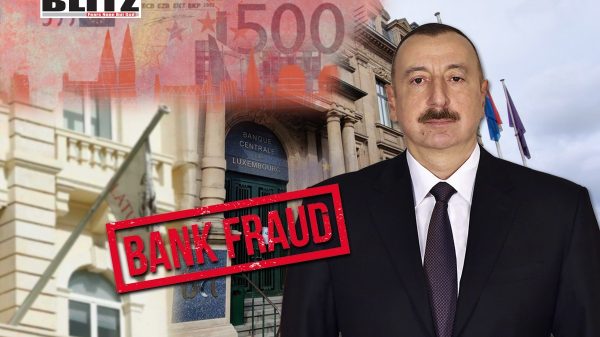
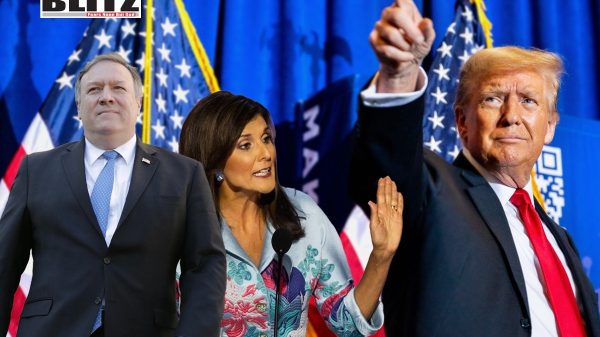

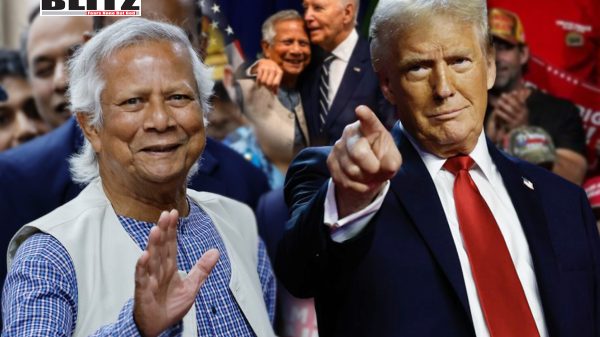
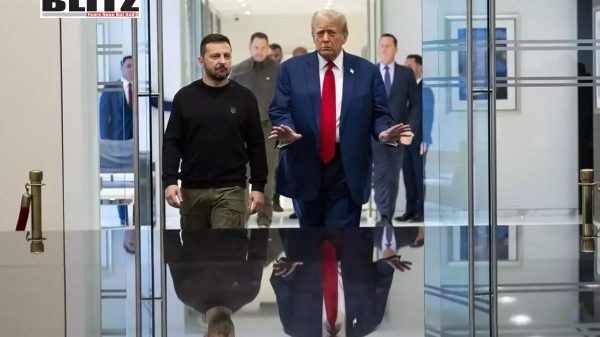
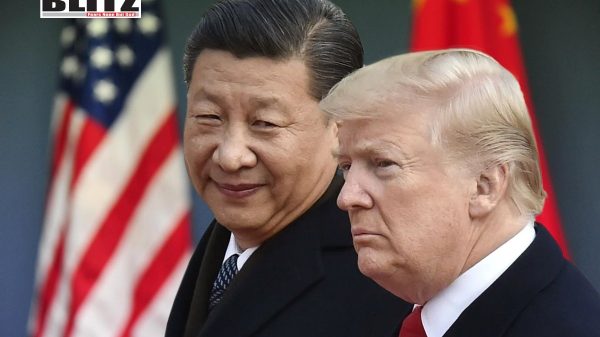

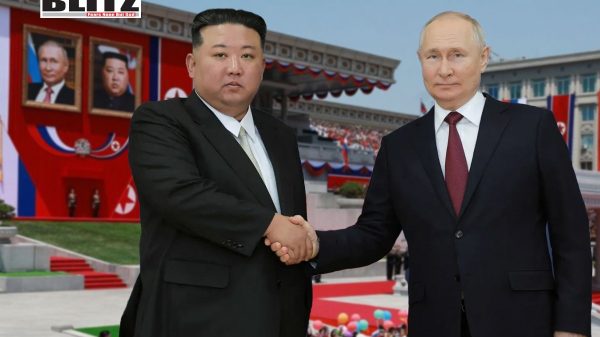


Leave a Reply